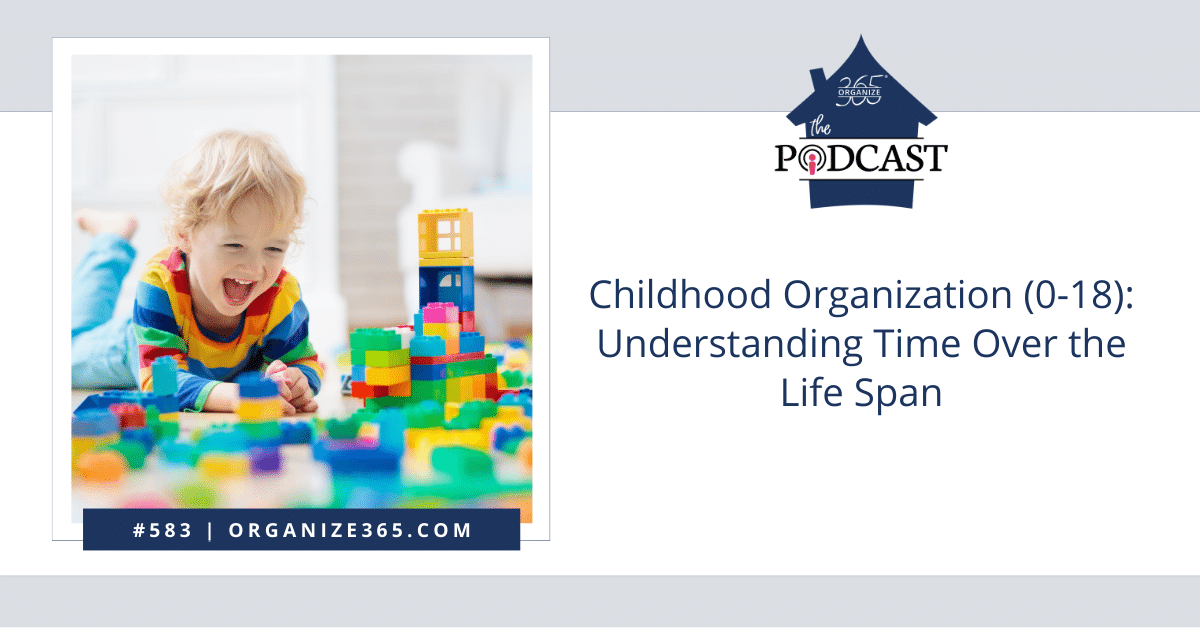
The first in this series of podcasts is the childhood phase (0-18 years). We are going to walk through the entire life cycle of a human and look at a few specific questions. 1. What is our purpose during this phase of life? 2. What is our capacity, time and money wise? 3. How are we using the physical spaces in our home during this time? 4. What scaffolding or support do we need to make this phase of life easier and more productive?
What is the purpose or job of a child inside the household? There are two – the first is to develop and grow from a child to an adult, and the second is to learn and attend school. That’s it. Some children will be able to add on a third, which is to be a productive, proactive person in the household by doing chores and helping. But some children will not and I think we need to normalize this. Because I always knew that developing from a child to an adult and attending school were the top two jobs of this phase of life, I didn’t add on the third category of household chores for my kids. I did add on bedroom chores, but not household chores.
What is the capacity of the child from zero to 18 inside of the house? Birth is when you have a lot more time than you do money. As a child moves from zero to 18, the amount of time and care they need will reduce and the amount of money they are able to generate will start to increase by the time they are 18. It’s a huge two decade phase of life. Children in this phase go from being a baby that can’t even hold a bottle to someone that can drive a car, has a job, goes out and gets their own food or makes their own dinner. The amount of physical, mental, emotional, social change that happens in childhood is huge.
How do children use the physical spaces in our homes? Their stuff is everywhere. The amount of stuff doesn’t change, but the types of things do. They’re mostly in our communal spaces; the kitchen, family room, main bathroom, and laundry room if they’re old enough. They’re in their bedrooms or playrooms, sometimes in the basement or bonus rooms. As they get older, they start to get rid of more toys and be in their bedrooms most of the time. Then they can create zones – bookshelves, cube systems, a desk for schoolwork, etc.
What scaffolding or support do we need to make this phase of life easier and more productive? Kids need to learn how to clear their mind and organize their bedroom, and they need to learn how to plan for the week ahead and be productive. Here’s how I teach that in Organize 365®. First, there are lessons for parents on how to teach the skill of organizing to your kids. How to organize everything related to babies, clothing, and everything else. Then kids ages 6-15 go though the course to learn about their mini apartments and all the zones they have. You have to organize a bedroom before you can clean it. I teach them what are zones in your bedroom and how to understand there are different areas of your bedroom that have different responsibilities. Lessons on clothing, sharing bedrooms, schoolwork, creating activity bags, organizing passion projects, and school memories or paperwork. Then you have a child’s backpack. Their backpacks are the equivalent to our Sunday Basket®. They go through their backpacks, make sure they have everything they need for Monday, pack their activity bags, and then write down their week on paper. In the Kids Program there is a sheet where they can fill out all their activities and events in the Before School, School Day, After School, and Evening categories.
Next week we are going to talk about emerging adulthood, which is 18-29.
EPISODE RESOURCES:
- Parabolas Illustration
- Kids Program
- Lisa School Binder
- School Memory Binder
- Launch Program
- Sign Up for the Organize 365® Newsletter
Did you enjoy this episode? Please leave a rating and review in your favorite podcast app. Share this episode with a friend and be sure to tag Organize 365® when you share on social media!




